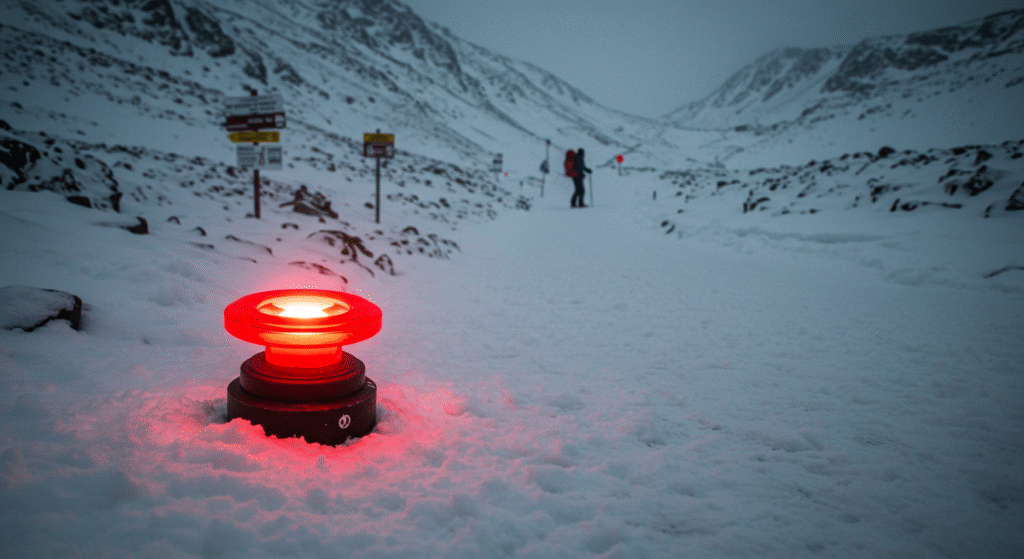Most Call To Actions (CTAs) are invisible to the human brain.
Founders assume people will click if they want the product. But the brain doesn’t work that way. And if your CTA shows up before motivation kicks in, it may as well not exist.
This is where Nir Eyal, author of Hooked, changes the game. His habit-loop framework helped build platforms like Slack, TikTok, and Instagram. And it works just as well for DTC product pages. People don’t click because they think. They click because something in the experience nudges them to.
When your CTA aligns with that psychological nudge, you don’t have to force the sale – you just make it impossible to ignore.
Place Your CTA After They Want It – Not Before
Too many brands lead with a “Buy Now” button. The problem? Most people aren’t ready to buy – yet. Desire has to come before action.
Nir Eyal explains that behavior follows a loop:
trigger → action → reward
Your CTA is the action, but it won’t work without a trigger and motivation. If you push the button before they feel the value, you create resistance. Instead, layer in social proof, transformation, urgency – then ask. Put the button at the moment the brain is already thinking, “Yes.”
A good CTA isn’t a request. It’s a response to emotion that’s already been built. The timing does the selling.
CTA placement is psychology, not positioning.
Repeat the CTA Where the Brain Expects It
You wouldn’t pitch once and walk away. So why only show your CTA once?
The brain needs reinforcement. Nir’s loop isn’t linear, it’s repetitive. Placing your CTA in multiple scroll zones (top, mid, bottom) mimics this loop. It reduces decision fatigue and creates comfort. Just like Amazon. Just like every brand that prints conversions.
One CTA is pressure. Three CTAs are permission. Repetition doesn’t annoy – it reassures.
Make the next move always feel available.
Sell the Outcome, Not the Button
Nobody’s excited to “Submit” or “Add to Cart.” That’s not a reward. That’s a task.
The moment you reframe the CTA as the benefit, everything changes. Instead of action → reward, make the action the reward. “Get Healthier Skin Today.” “Start My Free Trial.” “See My Personalized Plan.” Nir calls this “variable reward” – give them a dopamine hit before they even click. Make the button feel like they’re already winning.
The best CTA copy doesn’t tell them what to do. It reminds them what they want. And makes it feel one click away.
“Buy” is boring. Make it feel better than that.
(Bonus) If It Doesn’t Visually Pop, It Doesn’t Exist
You can’t click what you can’t see. Yet most CTAs blend into the background.
According to Nir, the brain is trained to notice contrast. That means your button needs to break the pattern. Pick a color that isn’t used anywhere else. Surround it with whitespace. Isolate it like a red stop sign in a snowstorm.
Your goal isn’t pretty – your goal is perception. If the brain doesn’t notice it, the user won’t either. And no one converts from what they don’t see.
Good design is what gets clicked, not what gets compliments.
The Difference Between a Bounce and a Buyer
Most founders chase more traffic. Smarter ones fix the moment that actually matters: the click. This isn’t about clever tricks – it’s about alignment. With motivation. With emotion. With behavior.
Put your CTA after the want. Repeat it where it’s needed. Make the copy feel like the outcome. And make the button the loudest visual voice in the room.
Because the real difference between a bounce and a buyer isn’t your product. It’s how, and when, you asked.
If this resonated, here’s what to do next:
→ If you’re tired of content that fills space instead of driving sales, let’s talk. Schedule a quick demo.
→ If you’re ready to turn product pages, email flows, landing copy, and more into silent salespeople for your brand, subscribe to either our Unlimited Standard Plan or Unlimited Professional Plan to get started.
Your story deserves better than generic copy.
We make it unforgettable.

